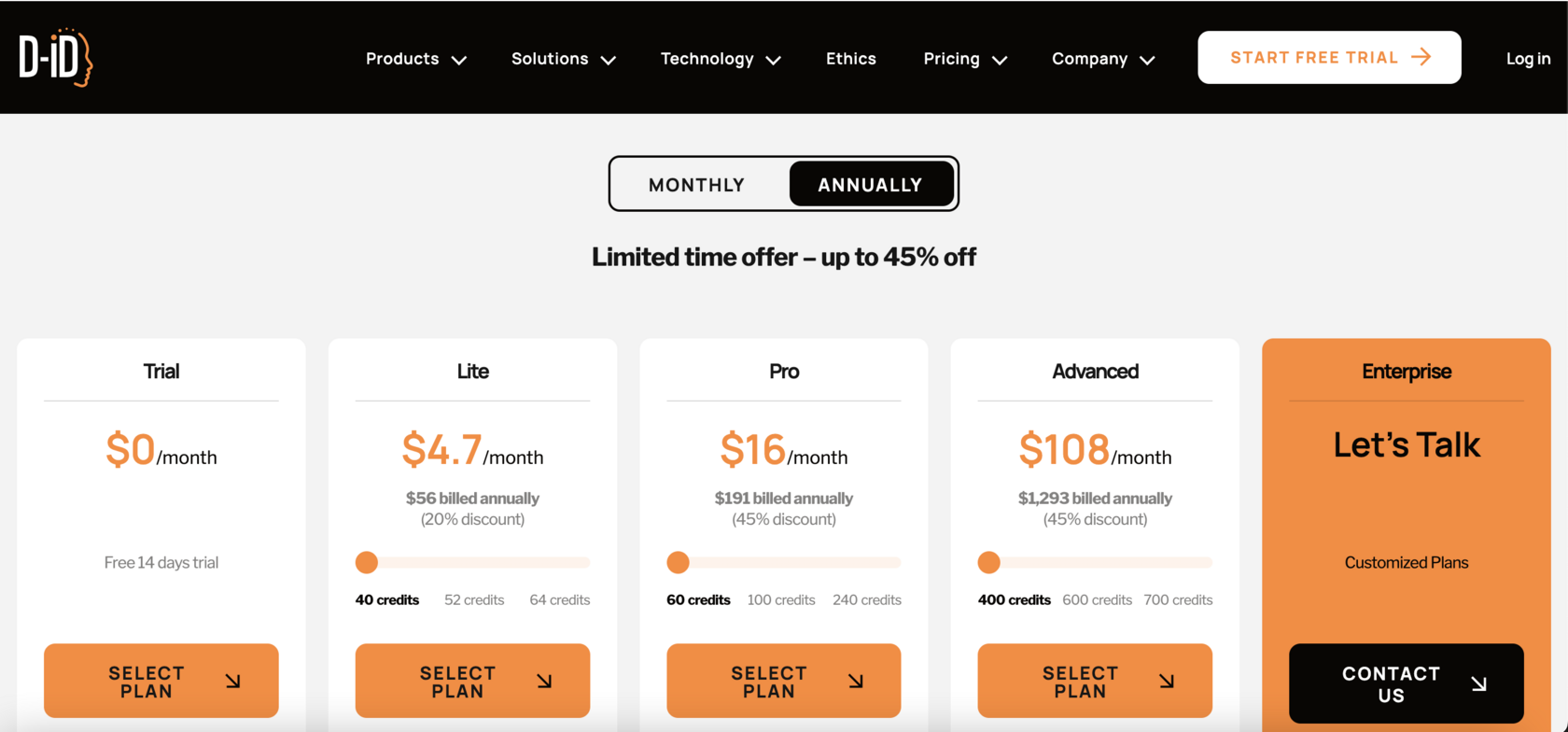D-ID, a prominent AI video creation platform, has introduced a groundbreaking tool that elevates video translation. Unlike typical translation software, D-ID’s AI Video Translate goes further. It not only translates the spoken language but also replicates the speaker’s voice and adjusts their lip movements to match the new language seamlessly. This innovation enables creators to connect with global audiences while preserving the authenticity of their content.
This advanced technology builds on D-ID’s earlier successes, such as a viral trend where users animated old family photos and even made them talk. That initial buzz helped D-ID secure $25 million in Series B funding in 2022, driving the company’s mission to serve an expanding base of enterprise customers in the U.S., eager to leverage AI for video creation.
With the launch of AI Video Translate, D-ID subscribers can now translate their videos into 30 languages, including Arabic, Mandarin, Japanese, Hindi, Spanish, and French, free for a limited time. This tool is perfect for creators aiming to broaden their global appeal.
For beginners, a D-ID subscription starts at $56 per year, offering enough credits to explore the platform’s AI features. For more intensive needs, the cost increases to $1,293 annually, with enterprise-level plans available.

D-ID’s new AI tool goes beyond translation; it also helps companies and creators reduce localization costs while expanding their campaigns globally, potentially impacting industries like marketing, entertainment, and social media.
While D-ID’s technology competes with other dubbing and AI video tools, it stands out by combining voice cloning and lip syncing for a smooth editing experience. Dubbing used to make content more accessible in different languages, but it was often expensive and complex, sidelining smaller creators. With the rise of accessible AI tools, that’s changing.

The AI video translation tool from D-ID is available via an API as well as through its main platform, D-ID Studio, making it easy for businesses to integrate this powerful technology into their existing workflows. The company offers a one-month trial, with additional demos available on their website. The tool works best for short films, between 5 and 10 minutes, with a single subject looking directly at the camera.
